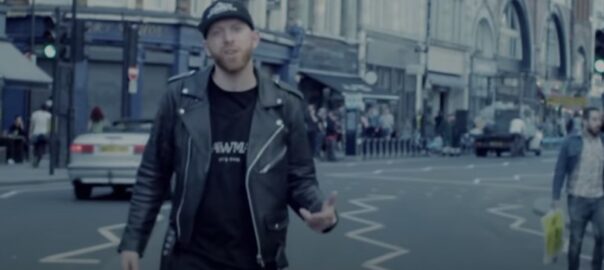A few years ago, I noticed one of my Facebook friends – a UK music artist called Alex Dutty – was getting mauled on UK hip hop forums. This looked like the typical social media pile-on: influential individuals leading their fans into a bullying campaign. Alex was trying to defend himself, but once the mob scented blood, it mattered little what he said. Mobs are irrational, spurred on by reassuring each other that their target is the worst kind of person.
The accusation against Alex was “racism”. And yet there was no sign that he was actually racist. His crime was to have made a video called Proud To Be White. But anyone who watched it could see that this was clearly an anti-racism video. Alex’s true crime was, apparently, to be a white, working class man in the wrong time and the wrong place. His music career was destroyed by false allegations and boycotts. Alex was an early victim of what is now known as Cancel Culture. Recently, I caught up with Alex to interview him about his experience of being cancelled.
